Map of the Middle East, Circa 1914
The region prior to the outbreak of World War I. After the war, modern Middle Eastern states had their borders arbitrarily drawn by European powers.
By Topic
Find content relevant to your specific interests or area of study.
By Type
Choose the format that best suits how you want to engage with the content.
By Language
Access content in the language that best supports your learning.
By Era
Explore content organized by historical period to focus your learning by timeframe.
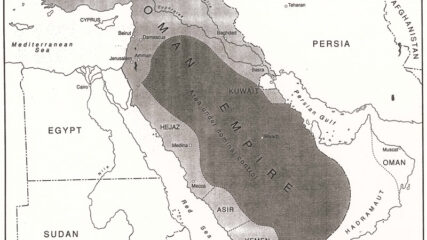
The region prior to the outbreak of World War I. After the war, modern Middle Eastern states had their borders arbitrarily drawn by European powers.
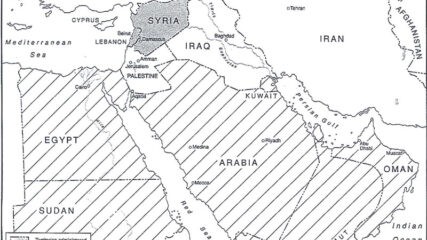
The European agreement that identified the states of the Middle East, 1920.
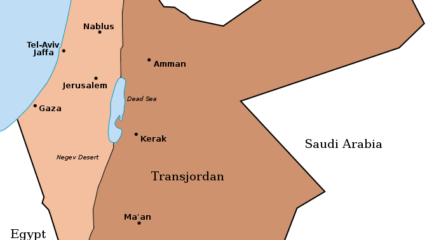
When Britain controlled Palestine, she lopped off 80% of it and assigned it to the Hashemite family leader, Emir Abdullah. It became today’s Hashemite Kingdom of Jordan.

A map shows the partition of Palestine proposed by the Peel Commission in 1937.
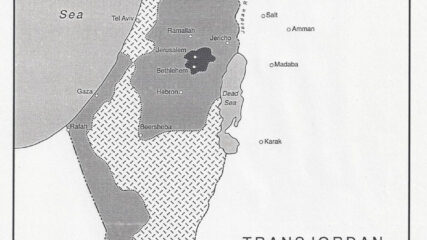
The UN suggested partition of Palestine into Arab and Jewish states with an economic union between them and an internationalization of Jerusalem.
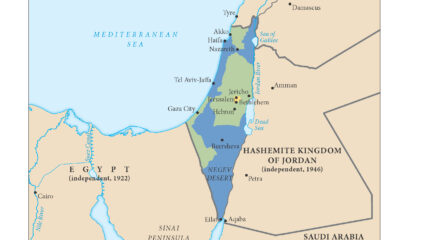
The United Nations General Assembly approved Resolution 181 on Nov. 29, 1947, to divide the British Mandate of Palestine into an Arab state and a Jewish state along the lines in this map, with an international zone around Jerusalem.
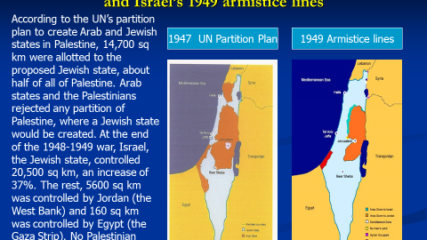
The area of Israel expanded and the potential area for a Palestinian Arab state decreased because of the 1948-49 war, Israel’s War of Independence. The Arab rejection of the 1947 U.N. partition plan thus hurt the Arab side, as the maps demonstrate.
